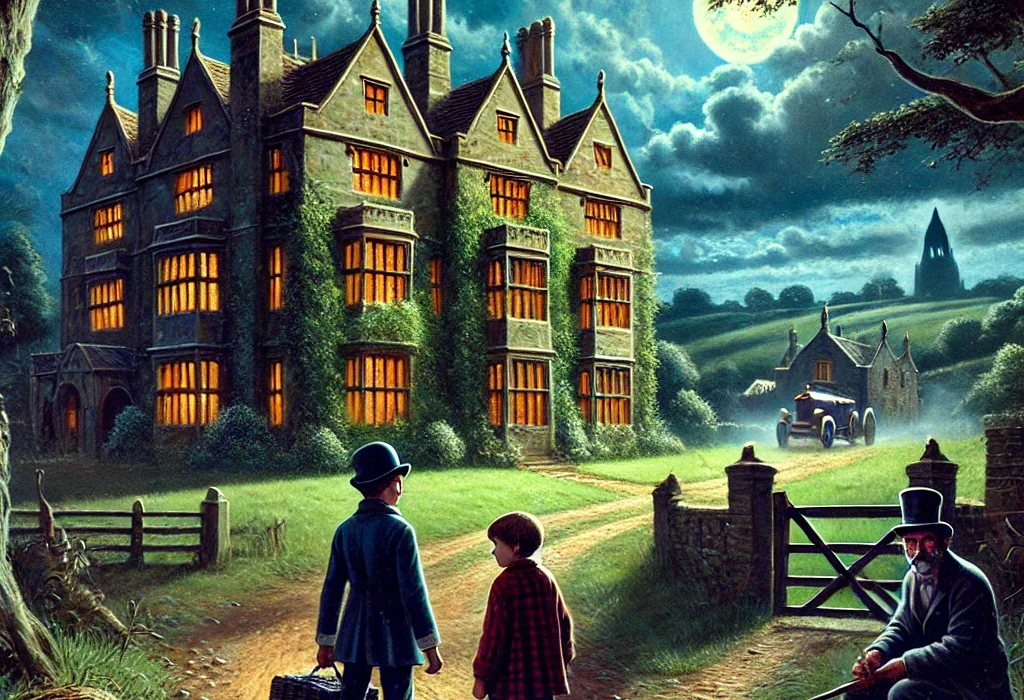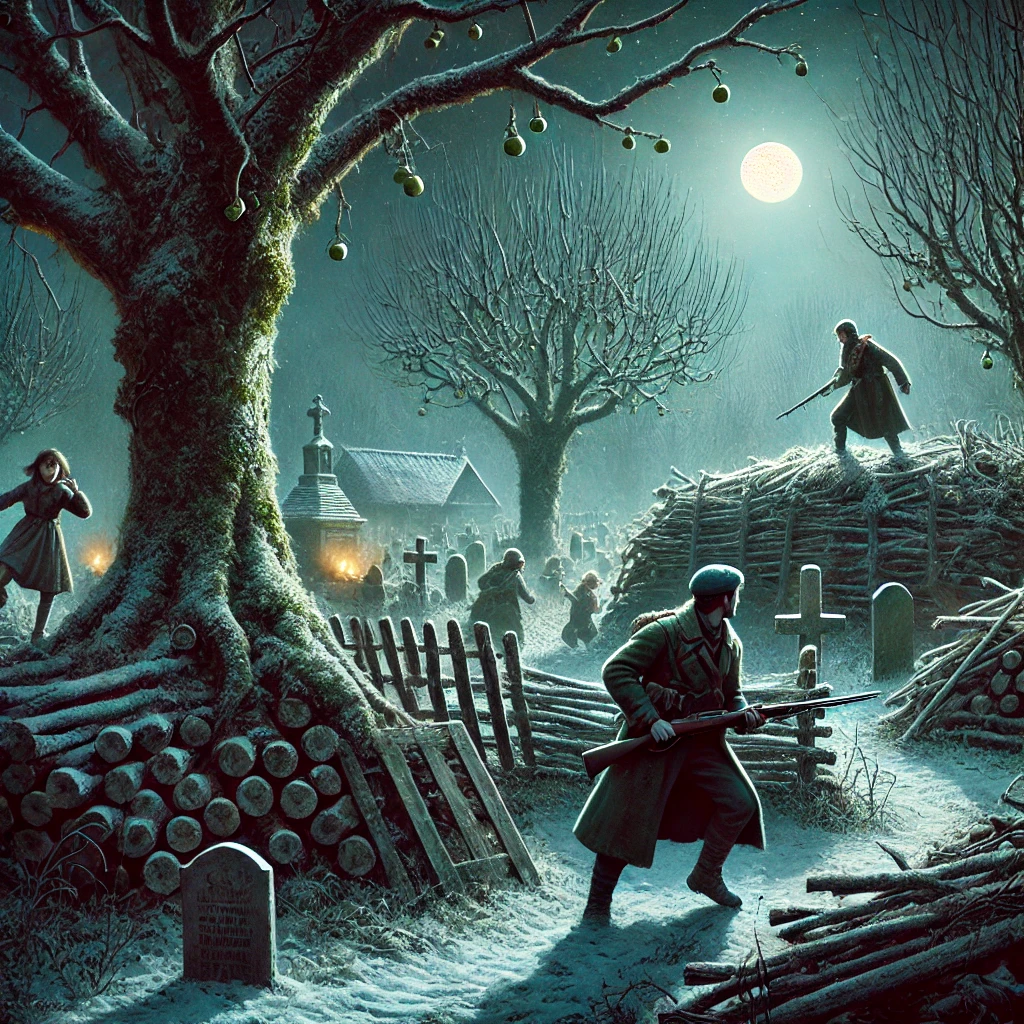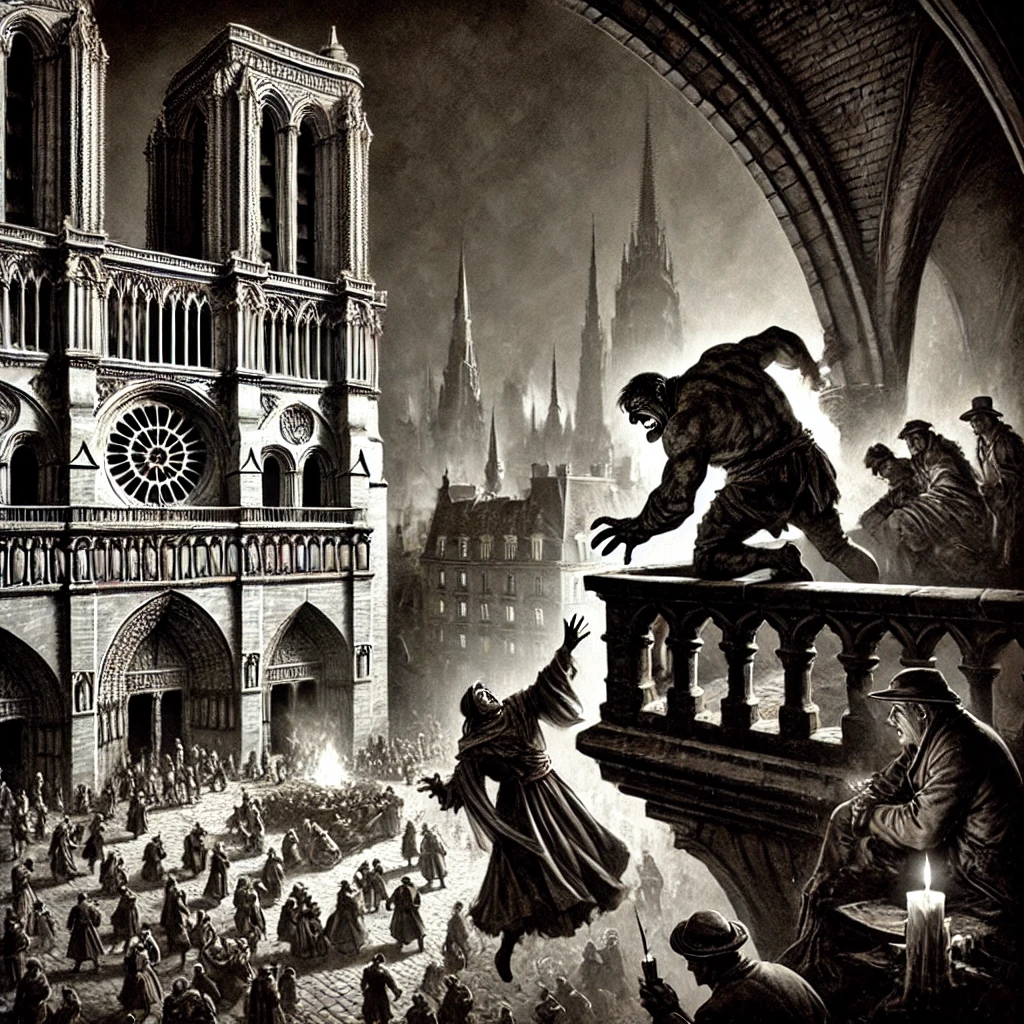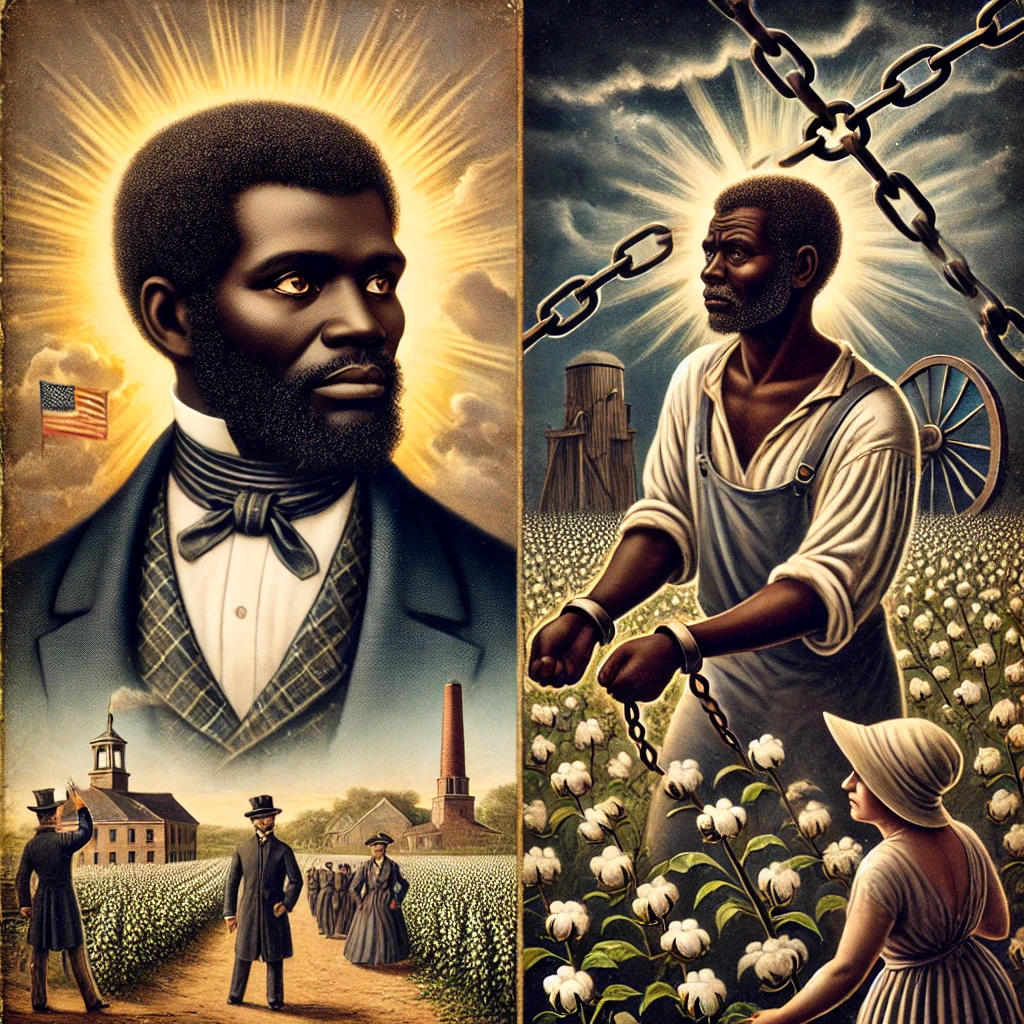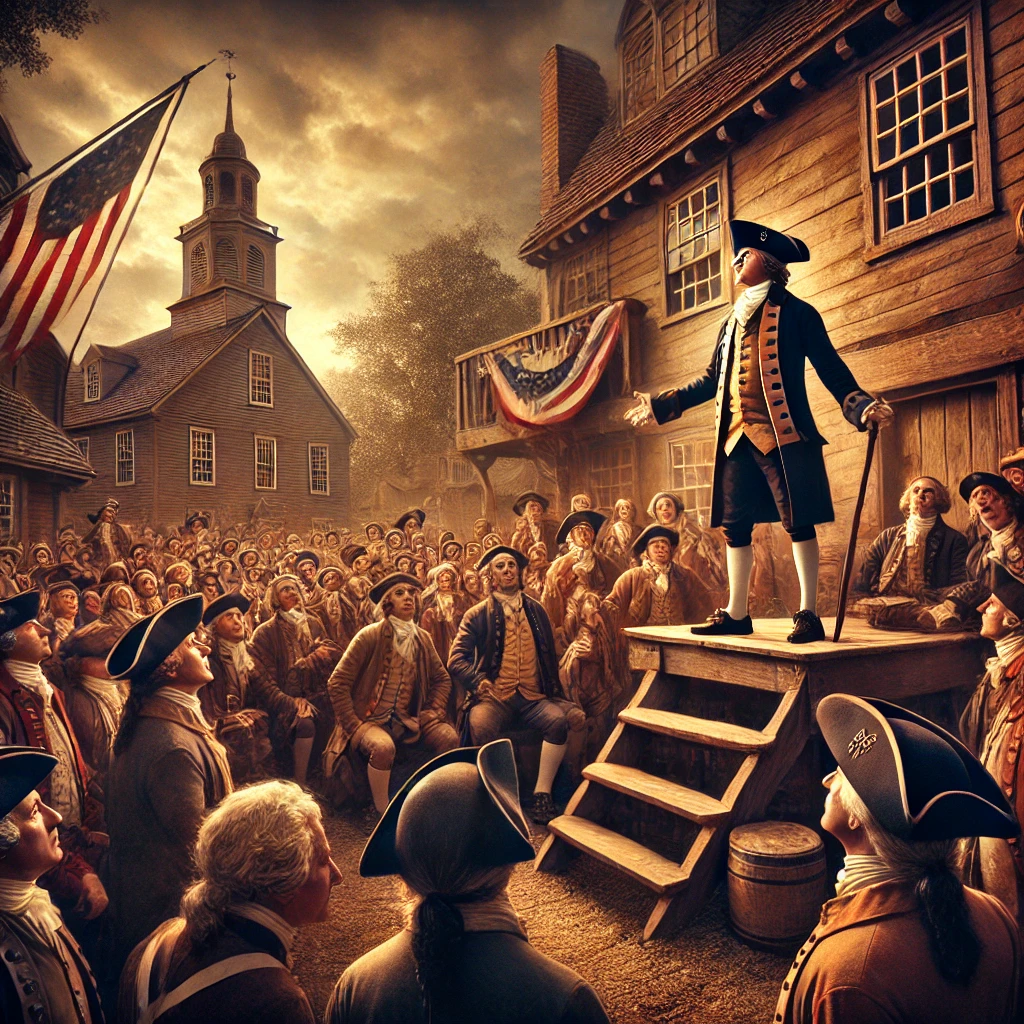Rodney Stone is a historical novel by Sir Arthur Conan Doyle, first published in 1896. The story is set during the early 19th century, amidst the Regency period, and is a rich tapestry of life in England, involving themes like boxing, naval exploits, and high society. The novel blends fact with fiction, featuring real-life figures such as Lord Nelson and George IV, and paints a vivid picture of the English social structure of the time.
Plot Summary
Rodney Stone grew up in the quiet village of Friar’s Oak, a boy who, like many his age, dreamed of grand adventures beyond the rolling Sussex Downs. His family history is steeped in naval tradition, with his father away at sea fighting in the wars. Rodney’s life is simple, marked by days spent alongside his best friend, Jim Harrison, known fondly as Boy Jim. Jim, the nephew of Champion Harrison, a former prizefighter turned blacksmith, has a reputation as the strongest boy in the village. Together, the two boys explore the countryside, sharing dreams of the wider world beyond their small village.
Jim, while loyal and kind-hearted, carries a deep pride in his strength. His uncle’s reputation in the boxing world hangs over him, and soon enough, Jim’s natural athleticism and strength lead him to the brutal world of prizefighting. Under the tutelage of his uncle, Jim learns the craft, although his aunt is haunted by the violence of the ring and prays he will not follow the same path. Rodney watches as Jim grows into a young man, destined for something more than their quiet rural life.
Meanwhile, Rodney’s own life takes an unexpected turn when he is introduced to his uncle, Sir Charles Tregellis, a flamboyant and wealthy figure in London society. Sir Charles invites Rodney to the city, offering him a glimpse into a world of luxury, aristocracy, and scandal that seems worlds apart from the simplicity of Friar’s Oak. Rodney is torn between the allure of the grand city life and his loyalty to his humble roots and his friendship with Jim.
In London, Rodney becomes aware of the darker side of high society. He is drawn into the orbit of his uncle’s friends, including Sir Lothian Hume and the mysterious Lord Avon. These men carry with them whispers of old scandals, none darker than the tale of Lord Avon, whose brother, Captain Barrington, was found dead in his bed years ago, his throat cut, with many believing that Lord Avon himself was responsible for the murder. Though Lord Avon fled the country, rumors persist, and his name casts a long shadow over Rodney’s experiences in London.
Jim’s life, meanwhile, takes a more dangerous turn. His skills in the boxing ring bring him fame and respect, but also danger. Boxing, while celebrated in England, is a brutal sport, filled with unsavory characters and gamblers who treat fighters like pawns. Jim’s rise through the ranks of fighters is swift, and soon he finds himself facing off against some of the greatest champions of the age, including the legendary Mendoza and Tom Cribb. Rodney, watching his friend’s battles from the sidelines, becomes increasingly uneasy about the toll the sport is taking on Jim, both physically and emotionally.
As Jim’s fame grows, so does the tension between his pride and his loyalty to his uncle, who fears for Jim’s future. The ring’s violence threatens to consume Jim, and Rodney, despite being proud of his friend’s success, worries that Jim’s determination to be the best will lead to his undoing. Their friendship is tested as Jim is drawn deeper into the dangerous world of prizefighting, where the stakes are higher than ever.
Back in London, Rodney finds himself entangled in the mystery of Lord Avon. His uncle, Sir Charles, had been present the night of the card game that led to Captain Barrington’s death, and the whispers surrounding Lord Avon continue to swirl. Rodney begins to piece together fragments of that fateful night, discovering that the truth behind the murder is far more complex than anyone had imagined. He learns of the intense rivalry between Lord Avon and Sir Lothian Hume, as well as the desperate measures some men will take to protect their reputations and fortunes.
The climax of both Rodney and Jim’s journeys converges when they return to Sussex, their lives forever changed by their time in London and the ring. Jim faces his greatest challenge yet, a fight that will decide his future in the sport and perhaps his very life. As he steps into the ring for his final battle, the weight of his uncle’s legacy and his own pride press down on him. Rodney watches, torn between admiration for his friend’s strength and fear for his well-being. The fight is brutal, but in the end, Jim emerges victorious, though scarred by the experience, both physically and emotionally.
Rodney, having uncovered the truth about Lord Avon’s past, is left with a deeper understanding of the world beyond Friar’s Oak. He realizes that the lines between right and wrong, honor and disgrace, are not as clear as he once thought. The intrigues of high society, the brutality of the boxing ring, and the quiet strength of rural life all blend together to shape the men he and Jim have become.
In the end, both friends return to their roots, having faced the world and survived. Rodney, now wiser, reflects on the simplicity of his childhood and the enduring bonds of friendship that have seen him through the complexities of adulthood. Jim, having proven himself in the ring, finds peace in his strength and the quiet life that awaits him. Together, they leave behind the dangers of London and the violence of the ring, content in the knowledge that they have faced their greatest challenges and emerged stronger.
Main Characters
Rodney Stone: The protagonist, a young man from a naval family. Rodney is somewhat of an everyman, reflecting the sensibilities of the era. He serves as a lens through which the reader experiences the various social strata of Regency England. His innocence and curiosity about life shape much of the narrative’s exploration of class, adventure, and morality.
Boy Jim (Jim Harrison): Rodney’s best friend, who plays a major role in the story. Boy Jim is the nephew of a renowned blacksmith and former champion boxer, Champion Harrison. Jim is described as handsome, strong, and a natural athlete, particularly in boxing, and his pride drives much of the tension in the story. His character represents the working-class struggle and the rise of self-made men.
Champion Harrison: A retired prizefighter who now works as a blacksmith in the village of Friar’s Oak. He is a mentor to Boy Jim and a figure of integrity and strength in the community. Harrison’s past in the brutal world of boxing contrasts with his current life as a respected village blacksmith.
Sir Charles Tregellis: Rodney’s uncle, a wealthy and influential figure associated with the aristocracy. He represents the upper-class side of society and plays a significant role in connecting Rodney and Jim to the world of high stakes, wealth, and scandal.
Lord Avon: A nobleman whose life is intertwined with a mysterious crime, adding a layer of intrigue and mystery to the novel. His connection to the dark side of the Regency period’s elite provides the backdrop for the book’s exploration of honor and disgrace.
Theme
Class and Social Mobility: The novel explores the rigid class structure of Regency England, from the aristocracy to the working class. Rodney and Jim’s experiences reflect the tensions between these classes, and Jim’s rise in the world of boxing symbolizes the potential for mobility, albeit through hard physical labor and personal sacrifice.
Honor and Reputation: Throughout the story, characters are preoccupied with their honor and reputation, both in society and in the boxing ring. The theme is most evident in Jim’s fights, where physical strength is equated with moral integrity, and in Rodney’s family, whose naval legacy represents honor in service to the country.
Friendship and Loyalty: The bond between Rodney and Jim is central to the novel, highlighting themes of loyalty, mutual support, and the strength of friendship across class lines. Despite their different backgrounds, they navigate the challenges of life together, from rural innocence to the dangerous and complex world of prizefighting and aristocratic intrigue.
Violence and Masculinity: The depiction of boxing, both as a sport and a symbol of manhood, underscores the novel’s exploration of masculinity. Violence is portrayed as both a necessary aspect of life in this era and a metaphor for the personal and social battles the characters face.
Writing Style and Tone
Arthur Conan Doyle’s writing in Rodney Stone combines the adventure and suspense of his mystery works with detailed historical fiction. His descriptions of rural England, the spectacle of prizefights, and the grandeur of naval and aristocratic life reflect his ability to immerse readers in richly detailed settings. Doyle’s tone varies from nostalgic and reflective, particularly when Rodney narrates his boyhood experiences, to suspenseful and dramatic, especially during the fight scenes and the novel’s mystery elements.
The narrative voice is tinged with an old-world charm, often exuding a warmth when describing the simpler life in Friar’s Oak, while also capturing the darker, more brutal realities of life in the boxing ring and the political intrigue of the upper classes. Doyle balances a youthful, almost naïve viewpoint with moments of wisdom and moral reflection, creating a work that is both a coming-of-age tale and a commentary on the stark contrasts of society.
We hope this summary has sparked your interest and would appreciate you following Celsius 233 on social media:
There’s a treasure trove of other fascinating book summaries waiting for you. Check out our collection of stories that inspire, thrill, and provoke thought, just like this one by checking out the Book Shelf or the Library
Remember, while our summaries capture the essence, they can never replace the full experience of reading the book. If this summary intrigued you, consider diving into the complete story – buy the book and immerse yourself in the author’s original work.
If you want to request a book summary, click here.
When Saurabh is not working/watching football/reading books/traveling, you can reach him via Twitter/X, LinkedIn, or Threads
Restart reading!


